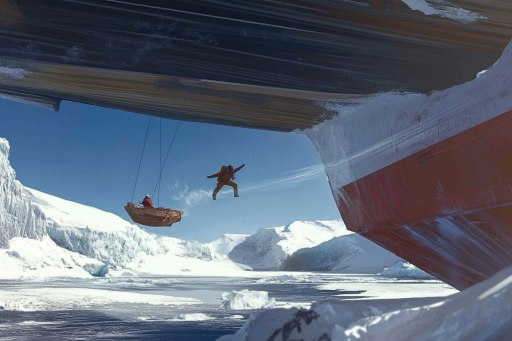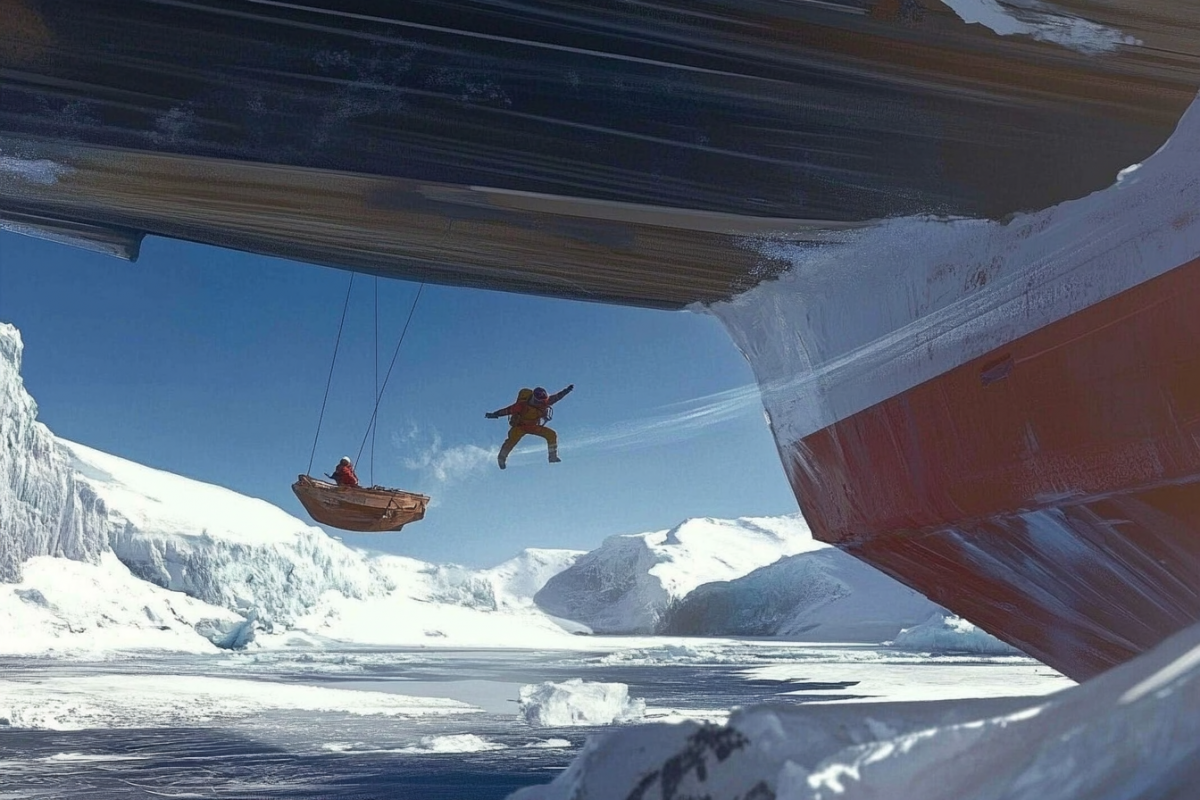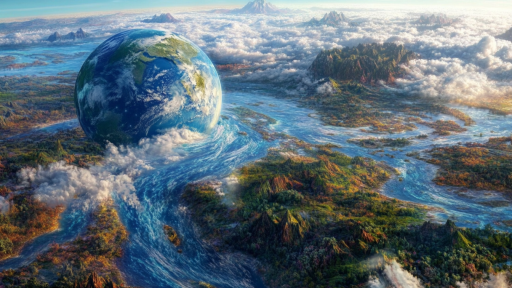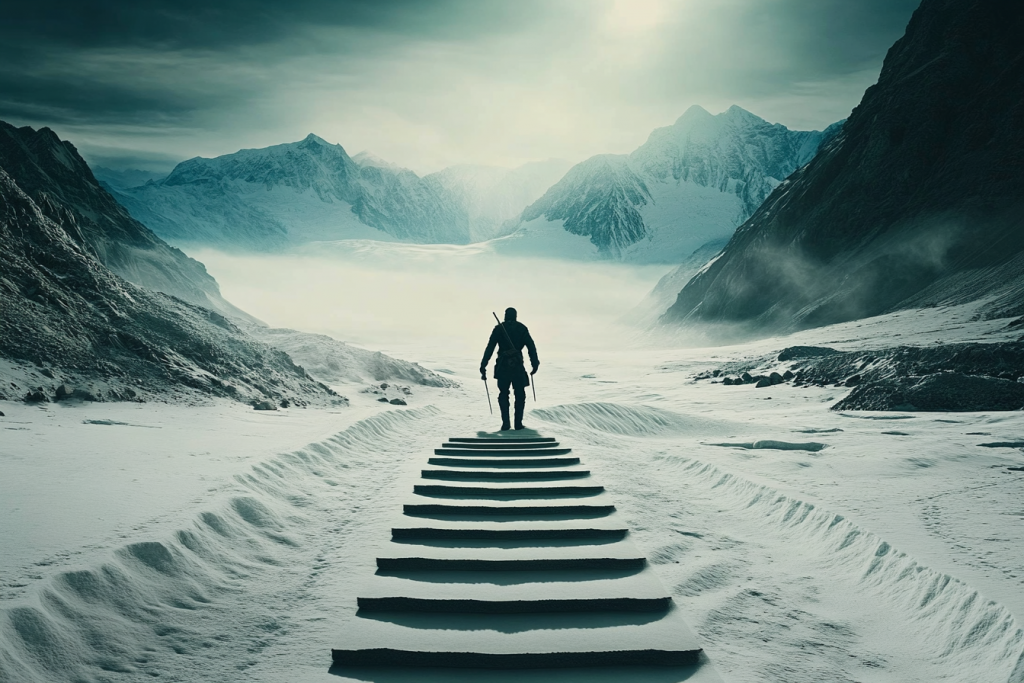
Humanity’s thirst for discovery has led explorers into some of the most extreme and unforgiving environments on Earth. From frozen wastelands to scorching deserts, these daring expeditions tested the limits of endurance, resilience, and survival. Some sought fame, others pursued knowledge, and a few simply wanted to push beyond the boundaries of the known world. Their journeys were filled with danger, but their stories continue to inspire and haunt us to this day.
Shackleton’s Endurance Expedition – Survival Against the Ice
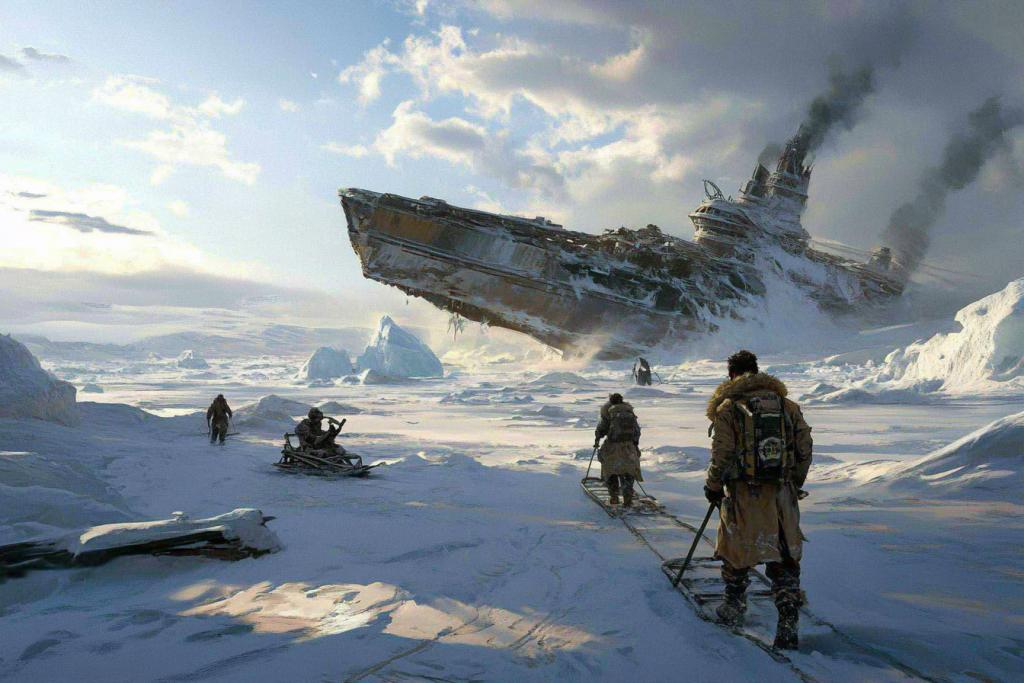
In 1914, Sir Ernest Shackleton set sail for Antarctica, aiming to cross the frozen continent. Before reaching land, his ship, the Endurance, became trapped in ice and was slowly crushed, leaving his crew stranded. Shackleton led an 800-mile open-sea journey in a lifeboat to find rescue, enduring brutal cold, starvation, and isolation. Against impossible odds, every member of his crew survived, making this one of the greatest tales of endurance in history.
The Deadly Summit of K2
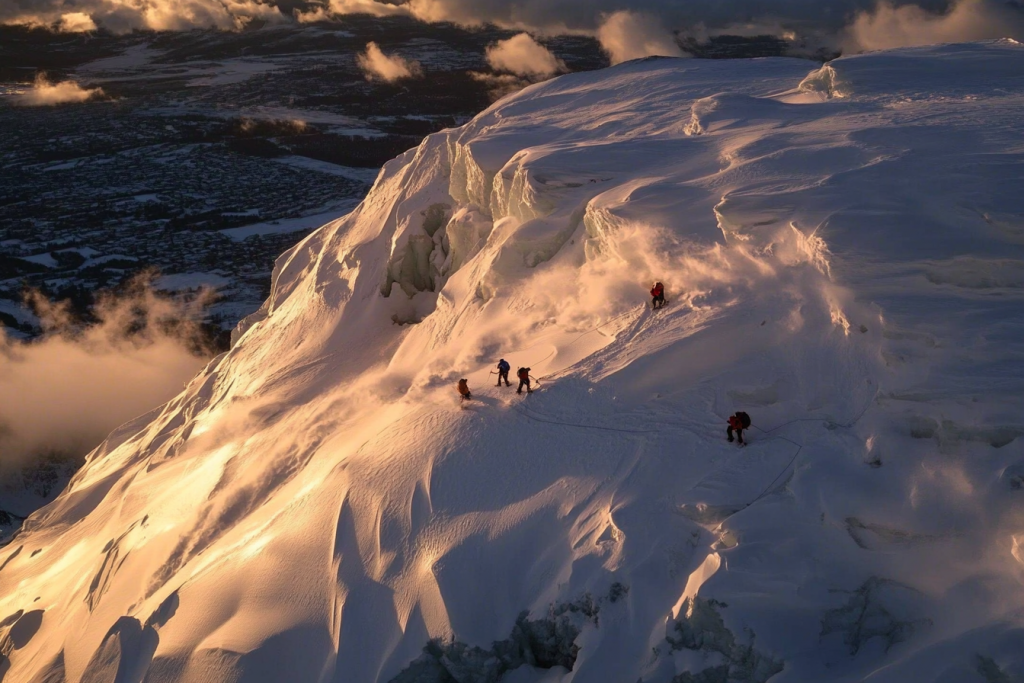
K2, the world’s second-highest peak, is notorious for its extreme difficulty and deadly conditions. With its sheer cliffs, avalanches, and unpredictable weather, it has claimed the lives of many who dared to climb it. In 2008, the “Black Summer” disaster saw 11 climbers perish in a single day after an ice collapse stranded them on the treacherous slopes. Unlike Everest, there are no easy routes on K2—only the strongest and luckiest return.
Roald Amundsen’s Race to the South Pole
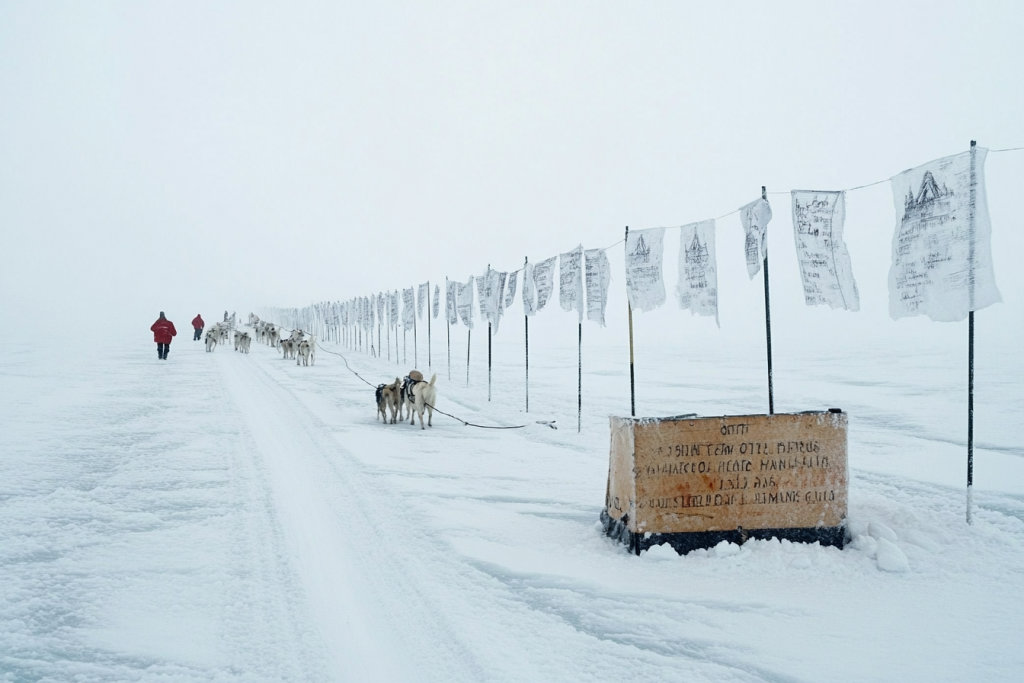
Norwegian explorer Roald Amundsen led the first successful expedition to the South Pole in 1911, racing against Britain’s Robert Falcon Scott. Facing brutal cold, blinding whiteouts, and starvation, his team used sled dogs to outpace their rivals. While Amundsen triumphed, Scott’s expedition ended in tragedy, with his team freezing to death on the return journey. The race for the South Pole became a defining moment in the golden age of exploration.
The Tragic Fate of the Franklin Expedition
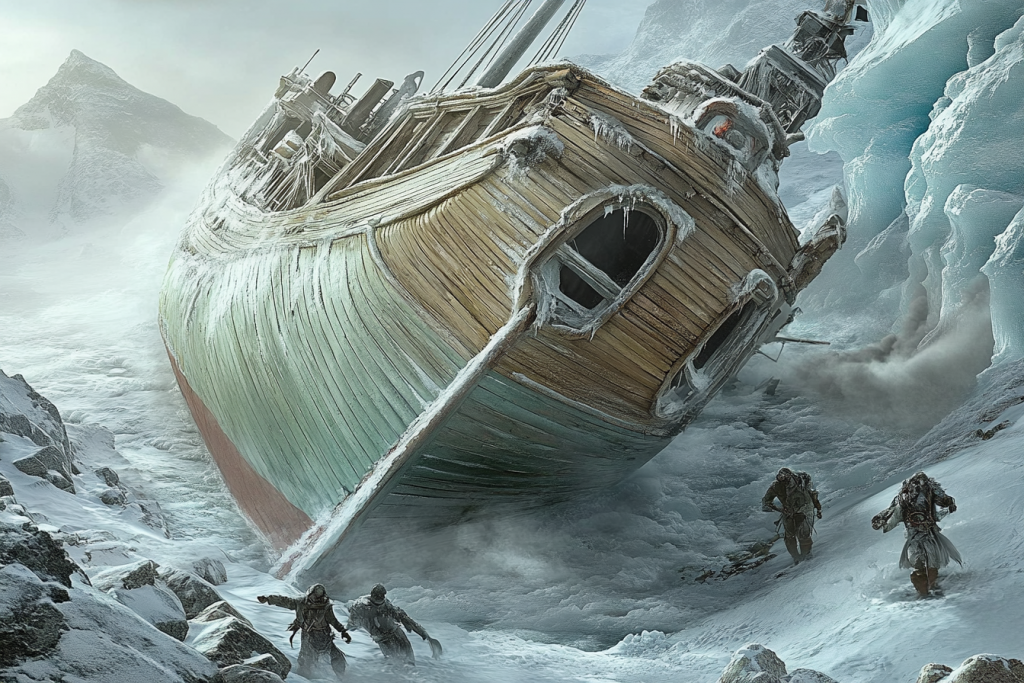
In 1845, Sir John Franklin set out to find the fabled Northwest Passage, but his ships, HMS Erebus and HMS Terror, became trapped in Arctic ice. The crew faced starvation, freezing temperatures, and even cannibalism in a desperate attempt to survive. None made it back. The lost expedition remained a mystery for over a century, with eerie relics and frozen bodies discovered long after they vanished.
Apollo 13 – The Space Mission That Nearly Ended in Disaster
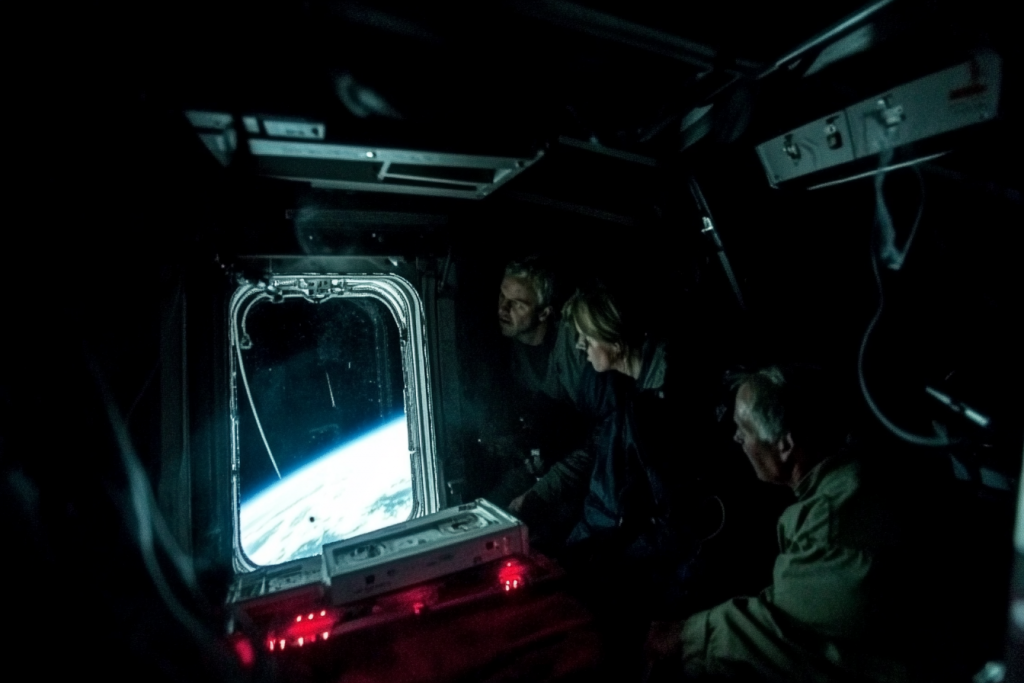
What was meant to be the third moon landing turned into a desperate fight for survival when an oxygen tank exploded on Apollo 13. Astronauts Jim Lovell, Fred Haise, and Jack Swigert had to conserve power, ration oxygen, and use the lunar module as a lifeboat. Engineers on Earth scrambled to find a way to bring them home, and against all odds, they reentered Earth’s atmosphere and survived. The mission became NASA’s most famous near-disaster.
Percy Fawcett’s Lost City of Z Expedition
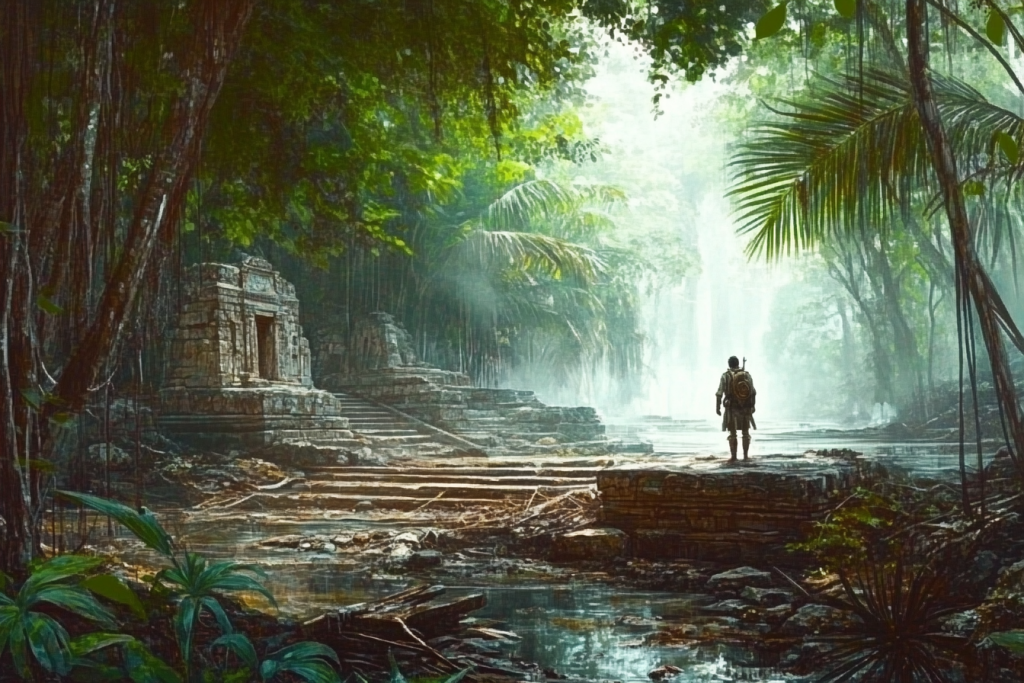
British explorer Percy Fawcett vanished in 1925 while searching for a mythical lost city deep in the Amazon rainforest. Facing hostile tribes, venomous creatures, and dense, uncharted jungle, he believed an ancient civilization awaited discovery. He was never seen again, and his disappearance remains one of history’s greatest unsolved mysteries. Some believe he was killed, while others think he chose to disappear into the jungle forever.
The Fatal Everest Climb of 1996
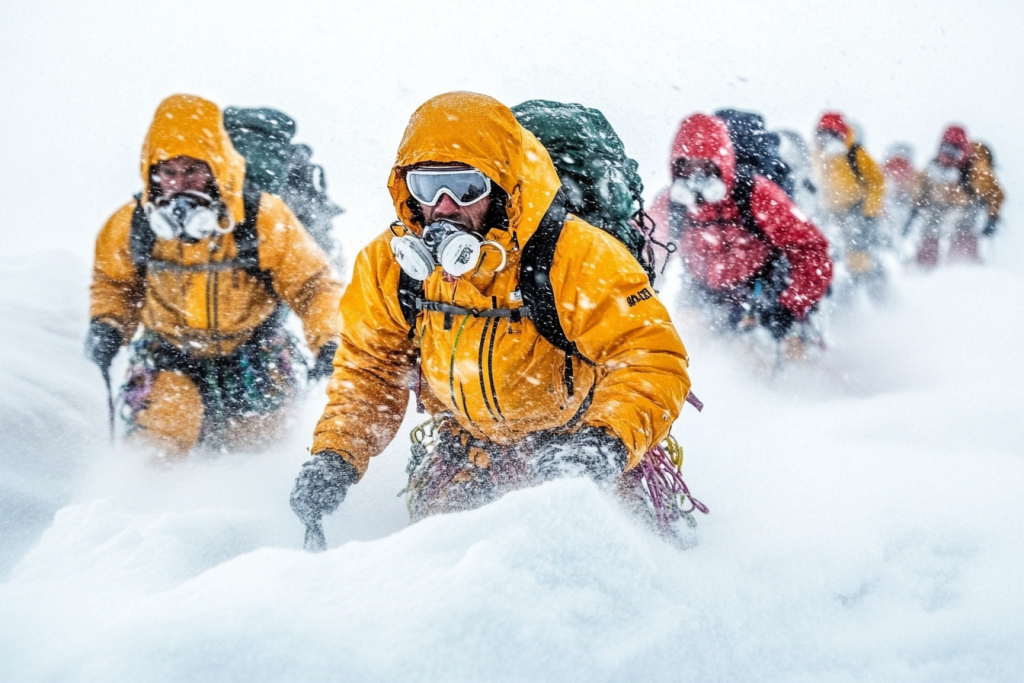
The 1996 Everest disaster remains one of the deadliest mountaineering tragedies in history. Multiple teams were caught in a sudden storm near the summit, battling hurricane-force winds and oxygen deprivation. Eight climbers, including experienced guides, perished on the mountain. The events, later detailed in the book Into Thin Air, exposed the brutal realities of commercialized Everest expeditions.
Thor Heyerdahl’s Kon-Tiki Voyage
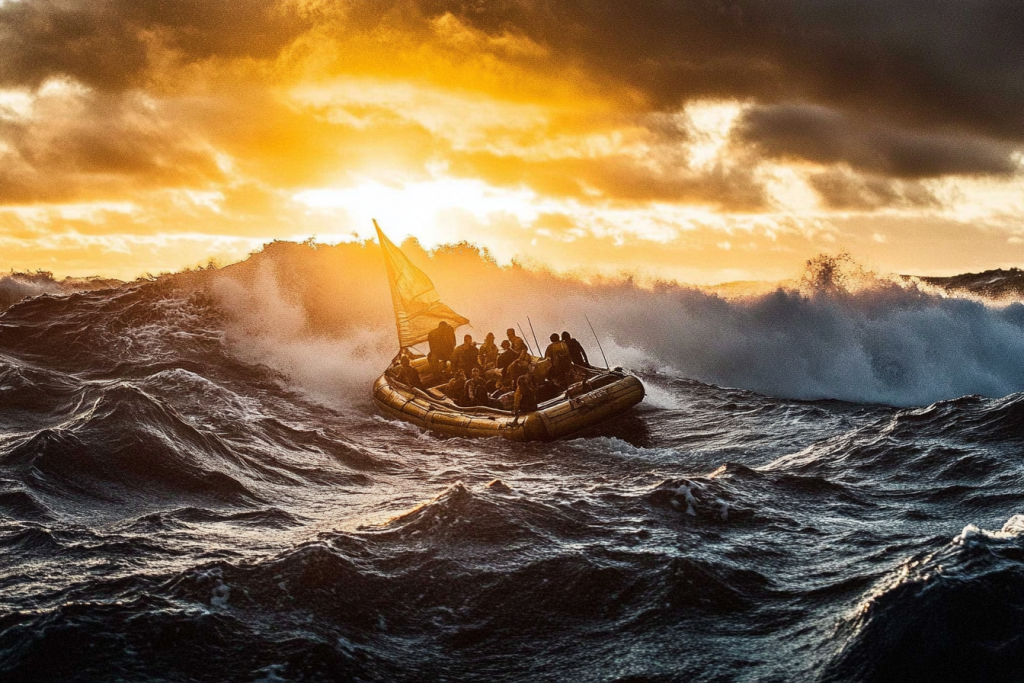
In 1947, Norwegian explorer Thor Heyerdahl set out to prove that ancient South Americans could have reached Polynesia by raft. He and his crew built Kon-Tiki, a simple wooden raft, and sailed 4,300 miles across the Pacific using only wind and currents. Battling storms, sharks, and the open ocean, they miraculously reached their destination after 101 days. The expedition challenged conventional history and redefined what was thought possible.
The 1924 Everest Mystery – Mallory and Irvine’s Vanishing
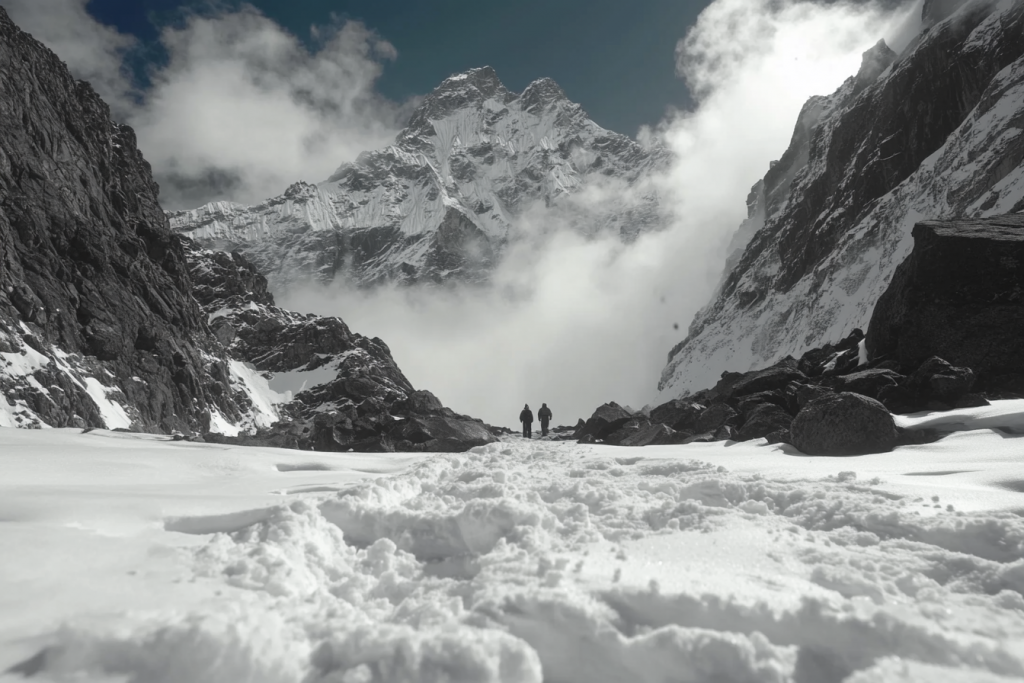
Before Everest was officially conquered, British climbers George Mallory and Andrew Irvine attempted to reach the summit in 1924. They were last seen high on the mountain before disappearing into the clouds. Whether they reached the top remains unknown, as their bodies were never found—until Mallory’s remains were discovered in 1999. But without a summit photo, the mystery endures: were they the first to stand on Everest’s peak?
Lewis and Clark’s Perilous Journey West
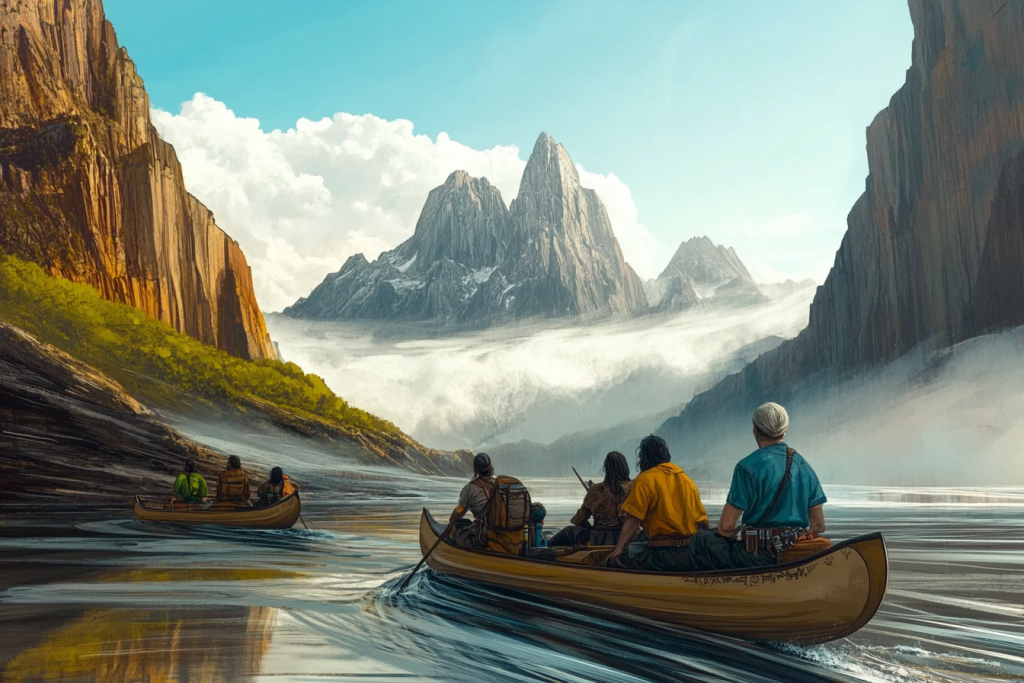
Meriwether Lewis and William Clark set out in 1804 to explore the uncharted American West. Their journey took them through treacherous rivers, freezing winters, and encounters with both friendly and hostile Native American tribes. With the help of Sacagawea, they mapped new lands and reached the Pacific, forever changing the course of American history. Their adventure defined exploration in the New World.
The Challenger Deep Dive – The Ocean’s Ultimate Descent
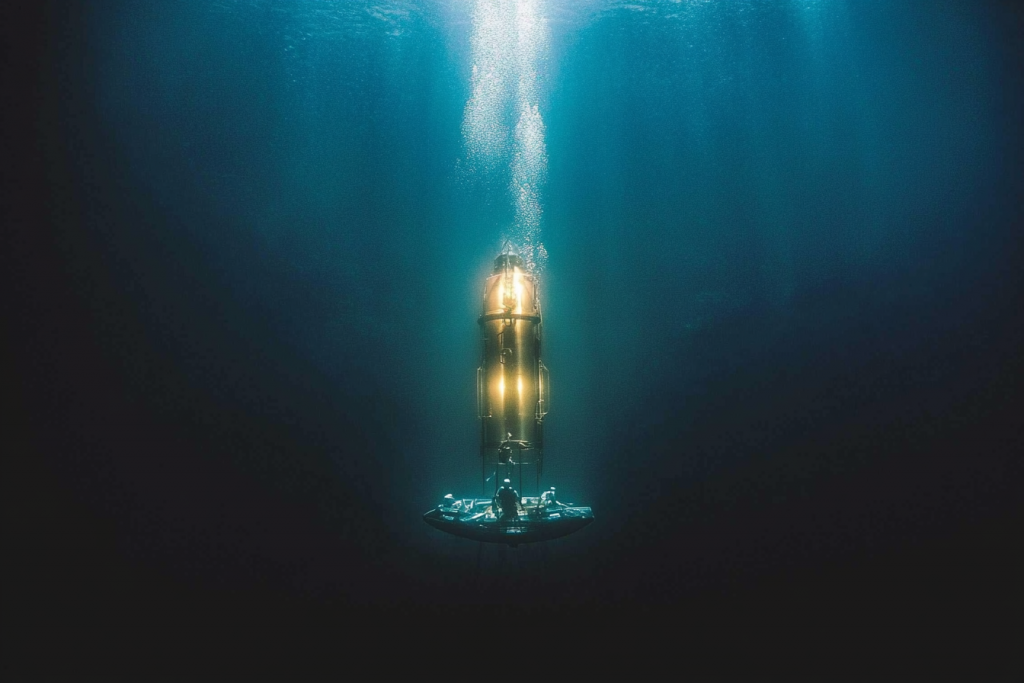
In 1960, Jacques Piccard and Don Walsh became the first humans to reach the deepest point in the ocean—the Challenger Deep in the Mariana Trench. In their tiny bathyscaphe Trieste, they plunged nearly seven miles into crushing darkness, where even submarines could not survive. The mission proved that life existed in the deep abyss, but no one returned until 2012, when filmmaker James Cameron made the solo journey.
The 1928 Transatlantic Flight of Amelia Earhart
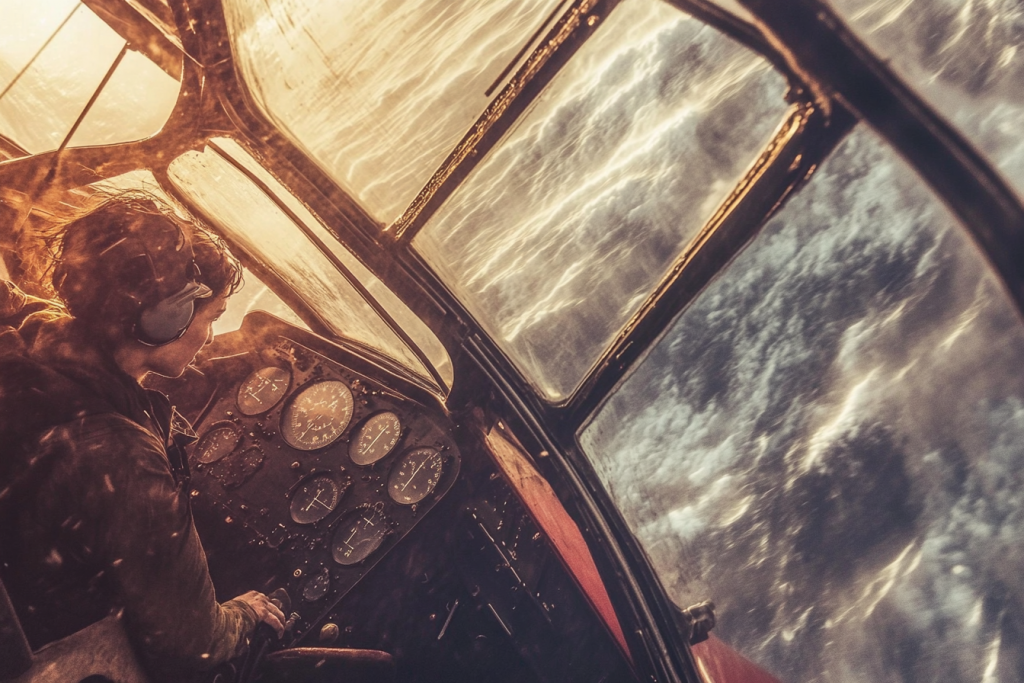
Amelia Earhart became the first woman to fly across the Atlantic in 1928, braving extreme weather, mechanical failures, and exhaustion. Though she was only a passenger on that flight, she later flew solo across the Atlantic in 1932, proving women could match men in aviation. But her daring spirit led her to her greatest and final expedition—the attempt to fly around the world. She vanished without a trace, leaving behind one of aviation’s greatest mysteries.
The Mars Rover Missions – Exploring the Red Planet

While humans have yet to set foot on Mars, robotic explorers have pushed the limits of exploration. The Spirit, Opportunity, Curiosity, and Perseverance rovers have survived dust storms, freezing nights, and mechanical failures to send back images of an alien world. Each mission has extended our understanding of Mars, laying the groundwork for future human colonization. The next great expedition may not be on Earth—it may be on another planet.
Where Will the Next Great Adventure Lead?

History’s most daring expeditions have taken explorers to the edge of survival and beyond. From the frozen poles to the vast emptiness of space, each journey proves that human curiosity knows no bounds. But as technology advances, new frontiers await—whether in the deepest oceans, distant planets, or places we have yet to imagine. The question is no longer where we have been, but where we will go next.

